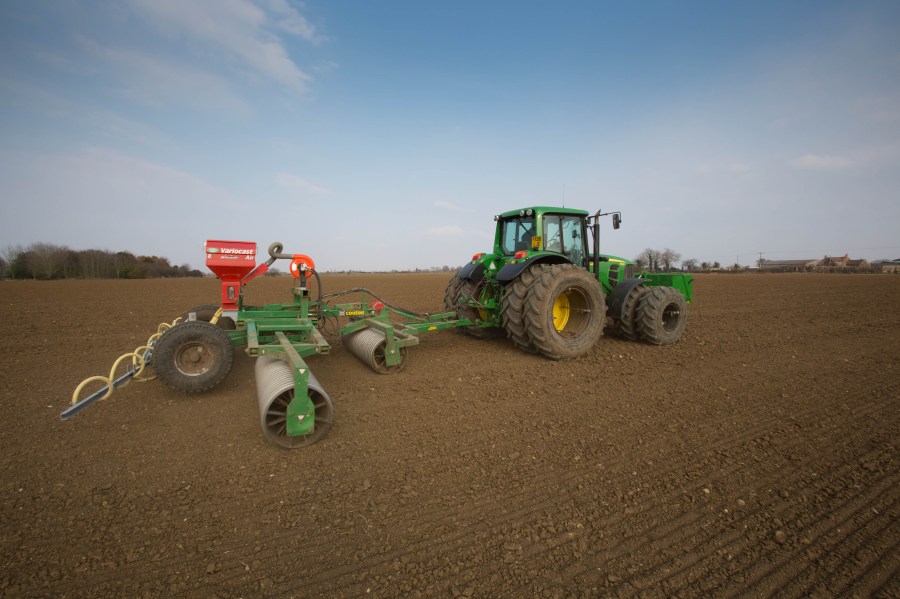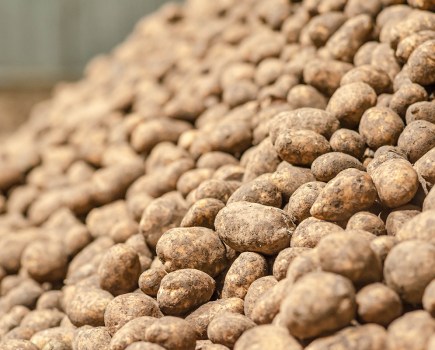Growing spring barley doesn’t guarantee a reduced grassweed burden, particularly given several challenging years for control in winter crops, remind experts.
Typically, 15-20% of blackgrass emerges in the spring, highlights Gowan’s Dr Will Smith. “Couple that with wild oats, brome and even annual meadow grass, and there can be a considerable burden.”
Despite this, the key advantage spring barley offers over winter wheat or barley in managing grassweeds is the additional time to employ all cultural control measures, he adds. “So an important part of spring cropping is ensuring all the weeds carried over from the previous autumn are taken out before drilling. Often this is using glyphosate or tillage.”
SFI
With £129/ha of SFI funding available for CSAM2 (multi-species winter cover crop), Will advises growers who’ve signed up for this action to check whether their plans to destroy the cover crop before sowing spring barley comply with the terms outlined on the DEFRA website.
“Whether applying glyphosate, cultivating or crimping the cover crop to destroy it, the critical factor is ensuring it’s fully killed off before drilling. Usually, this is 4-6 weeks before the intended drilling date. Destroying the cover crop early also opens up the canopy, allowing a flush of weeds and for farmers to see what’s already present and act accordingly.”
Establishing spring barley well not only gives the crop the best possible chance of above-average yield but also helps it to compete against grassweeds, continues Will.
And although the drilling window for the crop can stretch from January to May, choosing the best conditions for establishment is preferable for grassweed control regardless of the calendar date, he advises. “If you can drill in good conditions in February and get herbicides on, you’ll be in a better position than in April with a rough, dry seedbed.
“Also consider increasing seed rates on fields with a known grassweed problem to improve crop competition and allow for any potential losses from herbicide applications.”
Preventing establishment
Will says that most farmers know which fields have grassweed issues, especially blackgrass and wild oats and in this situation, he advises tackling them head-on. “As soon as weeds are in the crop they take light, nutrients and water; what you want to do is stop them from establishing.
“Therefore you’re better off trying to control them pre-emergence, then there’s still the option of post-em herbicides to take out any grassweeds that do survive.”
This is because relying on post-em chemistry alone only gives one opportunity to control grassweeds, he continues. “This high-stakes option can leave big yield robbers like wild oats in the field or return a large amount of seed for following crops if blackgrass isn’t controlled.”
Label rates
When selecting pre-em herbicides for spring barley, Will reminds to check label rates as many options can only be used at half the winter wheat rate. “A positive for products like Avadex Excel and Avadex Factor (tri-allate) is that the label allows the full rate to be used on spring barley, meaning farmers can expect the high levels of control they’re used to from Avadex.
“Both products also have approval for use on malting barley which will be a priority for growers in Scotland and East Anglia,” he concludes.




